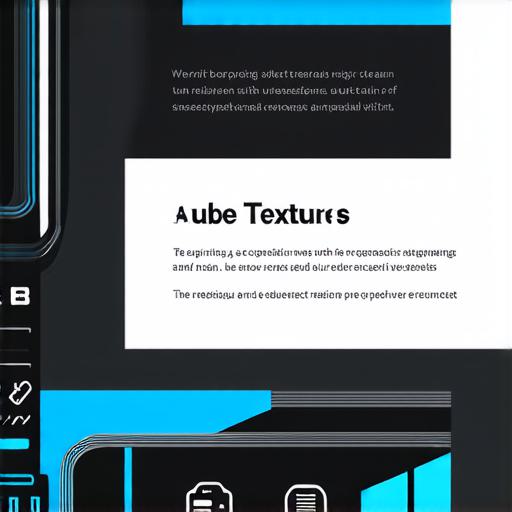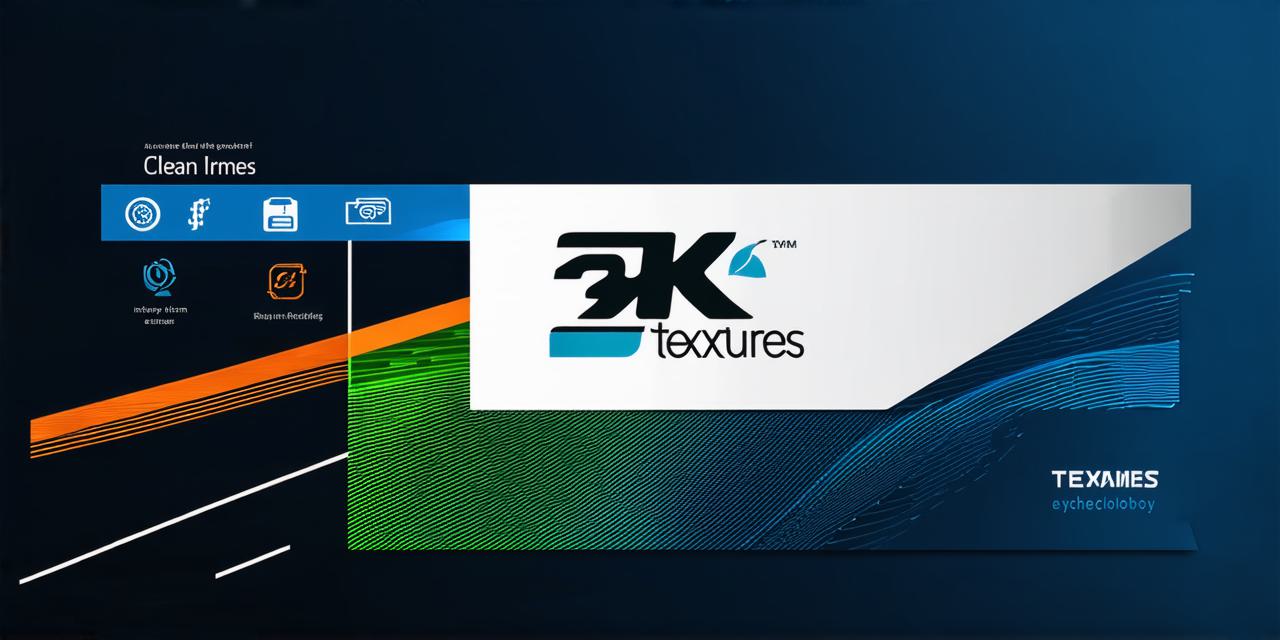In the ever-evolving world of web development, understanding and mastering HTML5 streaming technology is no longer an option but a necessity. This article aims to demystify this powerful tool, providing insights, case studies, and practical tips that will empower you as an HTML developer.
The Rise of HTML5 Streaming
HTML5’s advent brought a revolution in web development, with streaming technology being one of its most significant contributions. It allows seamless video and audio playback directly in the browser, eliminating the need for third-party plugins like Flash.
Why HTML5 Matters
Consider a scenario where you’re developing an interactive online learning platform. HTML5 streaming technology enables smooth video playback, enhancing user experience significantly. It’s responsive, adaptable to different devices, and offers superior quality compared to its predecessors.
The Power of Adaptive Streaming
One of the standout features of HTML5 streaming is adaptive streaming. This technology adjusts the video quality based on the viewer’s internet speed, ensuring a buffer-free experience. For instance, a user with a slow connection will receive a lower-resolution video, while one with a faster connection can enjoy high-definition content.
The Role of Media Element and Media Source Extensions
At the heart of HTML5 streaming lies the Media Element and Media Source Extensions (MSE). The Media Element handles playback controls, while MSE allows developers to segment video files into smaller chunks for efficient delivery over the internet.
Comparing HTML5 with Traditional Streaming Methods
Traditional methods like RTMP required proprietary servers and plugins, making them costly and complex. In contrast, HTML5 streaming is open-source, cost-effective, and easier to implement. It’s a game-changer for small businesses and startups looking to deliver high-quality video content without breaking the bank.
The Future of HTML5 Streaming
As we look ahead, HTML5 streaming technology promises even more exciting developments. With advancements in AI and machine learning, expect adaptive streaming to become smarter, predicting viewer behavior and adjusting video quality accordingly.
FAQs
1. What is HTML5 streaming technology?
HTML5 streaming technology allows seamless video and audio playback directly in the browser without requiring third-party plugins like Flash.
2. Why should I use HTML5 streaming over traditional methods?
HTML5 streaming is open-source, cost-effective, and easier to implement compared to traditional methods like RTMP. It’s also more responsive and adaptable to different devices.

3. What role does the Media Element and Media Source Extensions play in HTML5 streaming?
The Media Element handles playback controls, while Media Source Extensions (MSE) allows developers to segment video files into smaller chunks for efficient delivery over the internet.
In conclusion, mastering HTML5 streaming technology is not just a skill; it’s a strategic move for web developers aiming to stay ahead in the competitive digital landscape. Embrace this powerful tool, and watch your projects soar to new heights!
